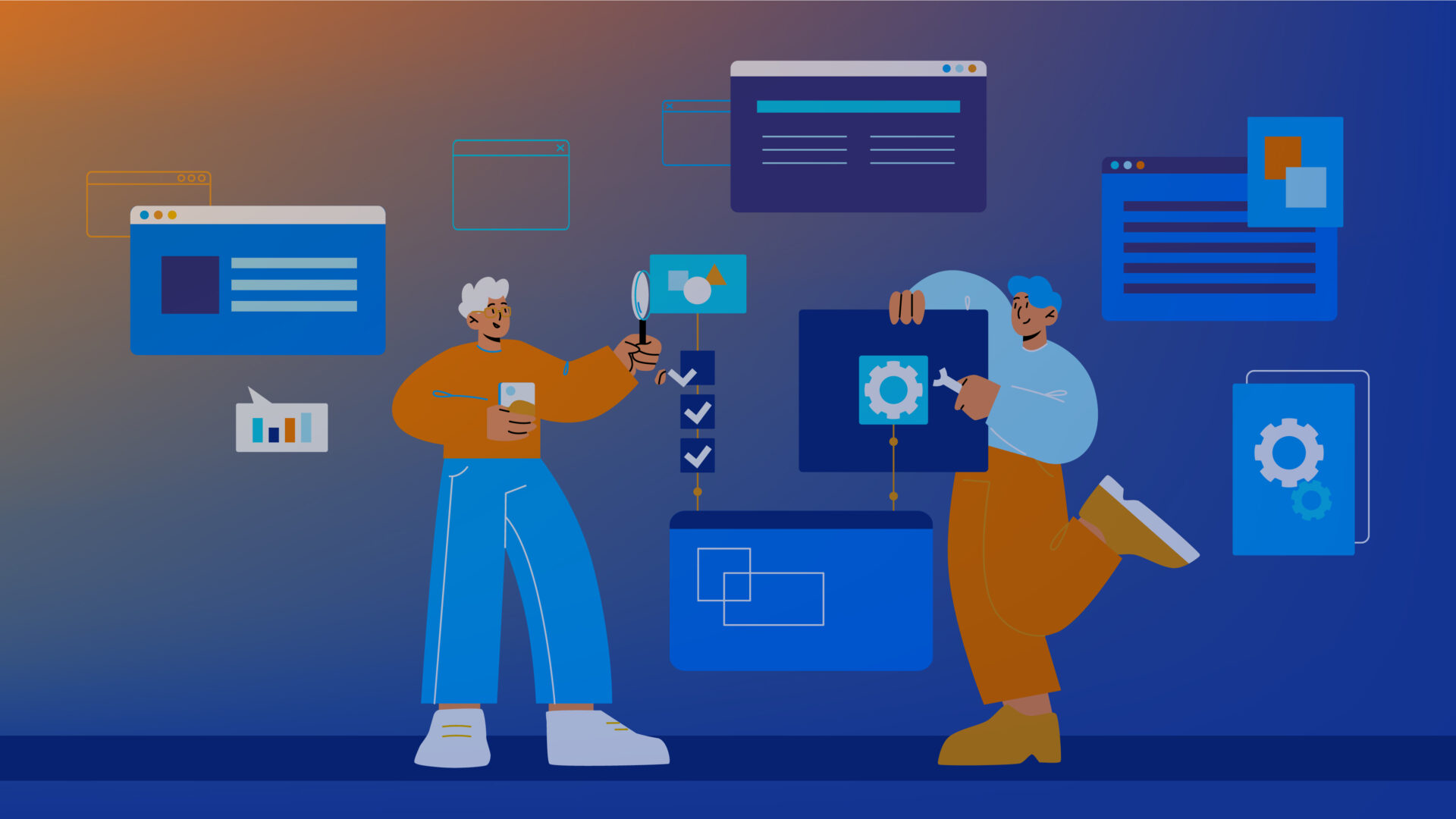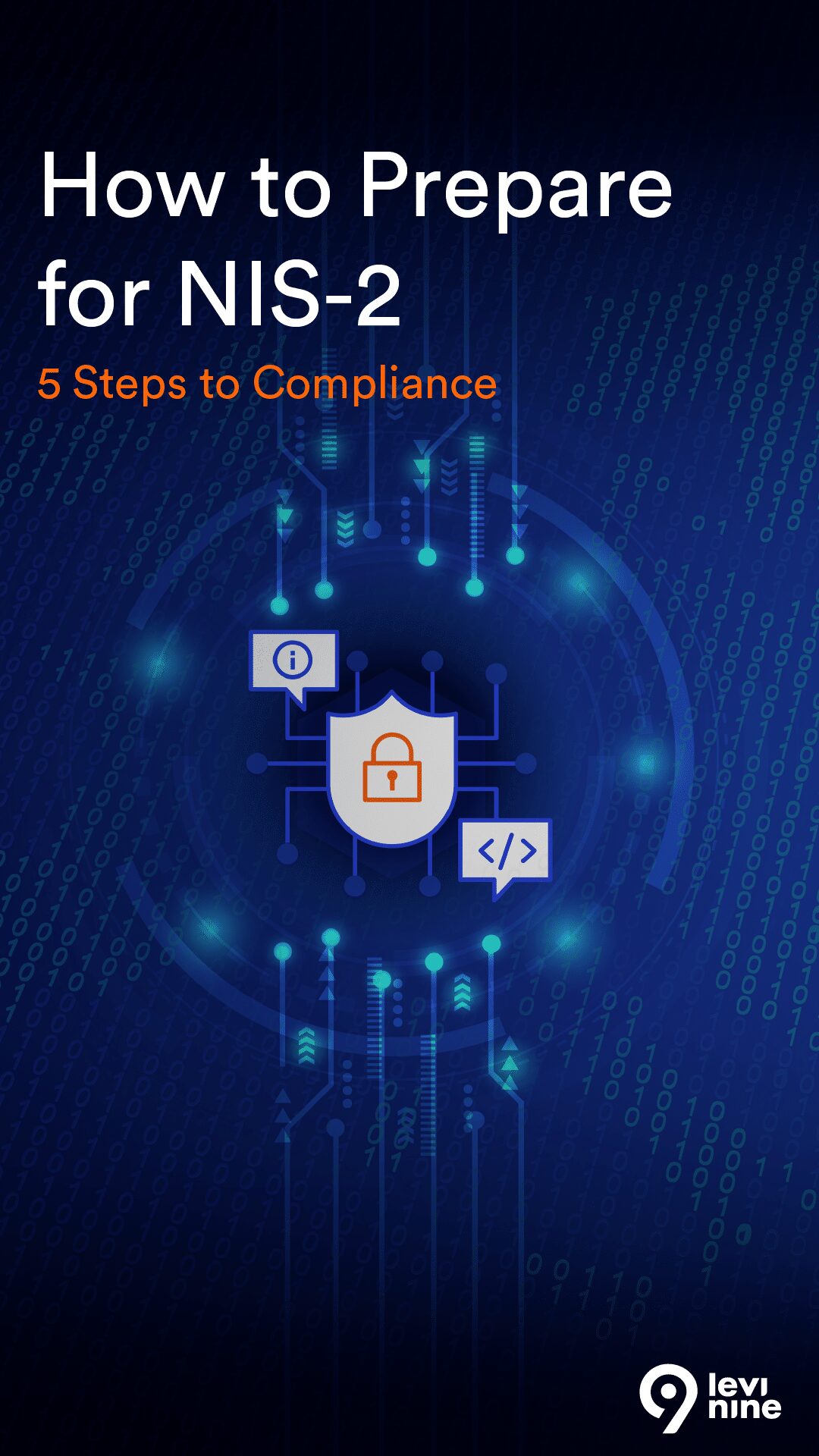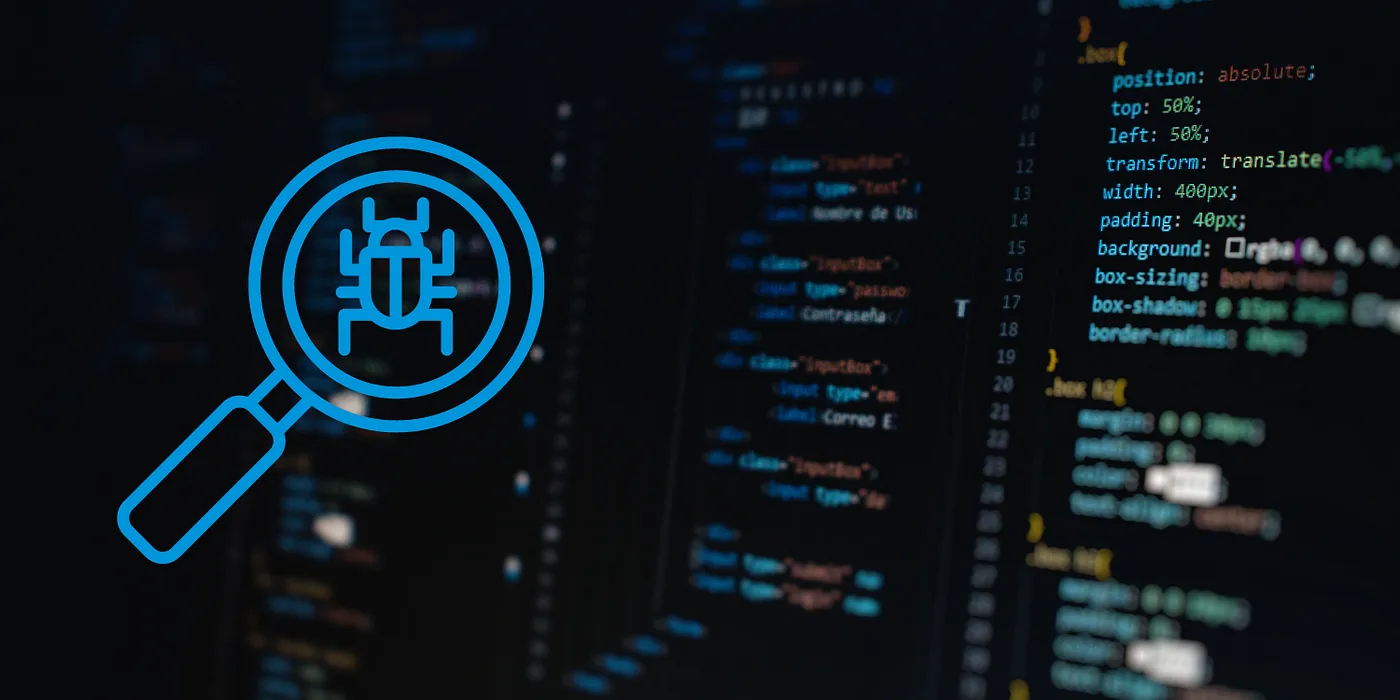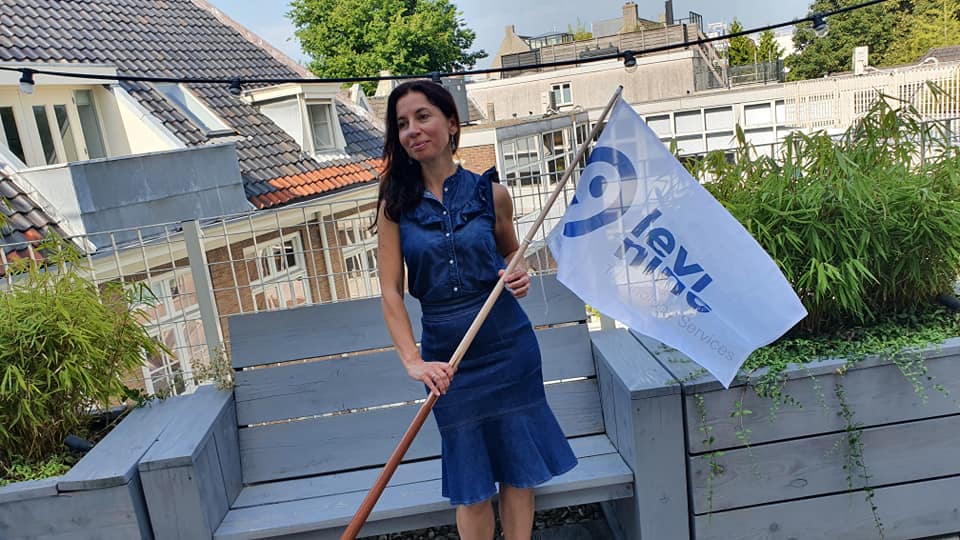From the tachograph for trains in 1844 to fleet management solutions, the transportation industry was among the first to adopt modern safety measures for its beneficiaries. Our customer is definitely there to drive the shift, not only from a safety point of view but also from the technological point of view.
They approached us with the project to develop a tailored drivers’ app, with a friendly UX that gives the driver the features of a modern tachograph at the tips of the finger, for both users of Android and iOS.
Their old solution was a complex tool that suited everyone’s needs — administrative staff and drivers would access it alike. As such, a driver would stumble upon needless and distracting information. What they needed was a straightforward app, flexible enough to respond to drivers’ varied levels of tech-savviness and device types.
The Levi9 approach
Levi9 saw the potential in this project and drew inspiration from the origin of all these safety systems, the tachograph. This instrument’s simplicity revolutionized the safety of transportation and inspired lawmakers to integrate it as a mandatory component, to prevent accidents. According to a large-scale international survey cited by the European Commission’s Road Safety Thematic Report – Fatigue ”between 20 and 25% of the car drivers indicated that, during the last month, they had driven at least once while they were so sleepy that they had trouble keeping their eyes open.” Components such as these ensure the long-time safety of drivers and the general public.
Tiberiu Grădinariu, who is a driver himself, took the wheel for this project. “I usually drive with my children in the car, so I try to be as careful as possible. However, my instinct is to drive fast and hurry, so my driving style is a mixture. Carefully in a hurry.”
Tibi’s driving style reflected in the way he approached this project: a heightened attention for safety in the transportation app, as well as a drive to solve problems fast and in the most efficient way. This is what led him to a brave solution.
The multiplatform solution
Levi9 proposed a cross platform approach that optimizes the resources required to maintain the app long-term, both for Android and iOS. Before we tell you what we chose, here are the options we considered.
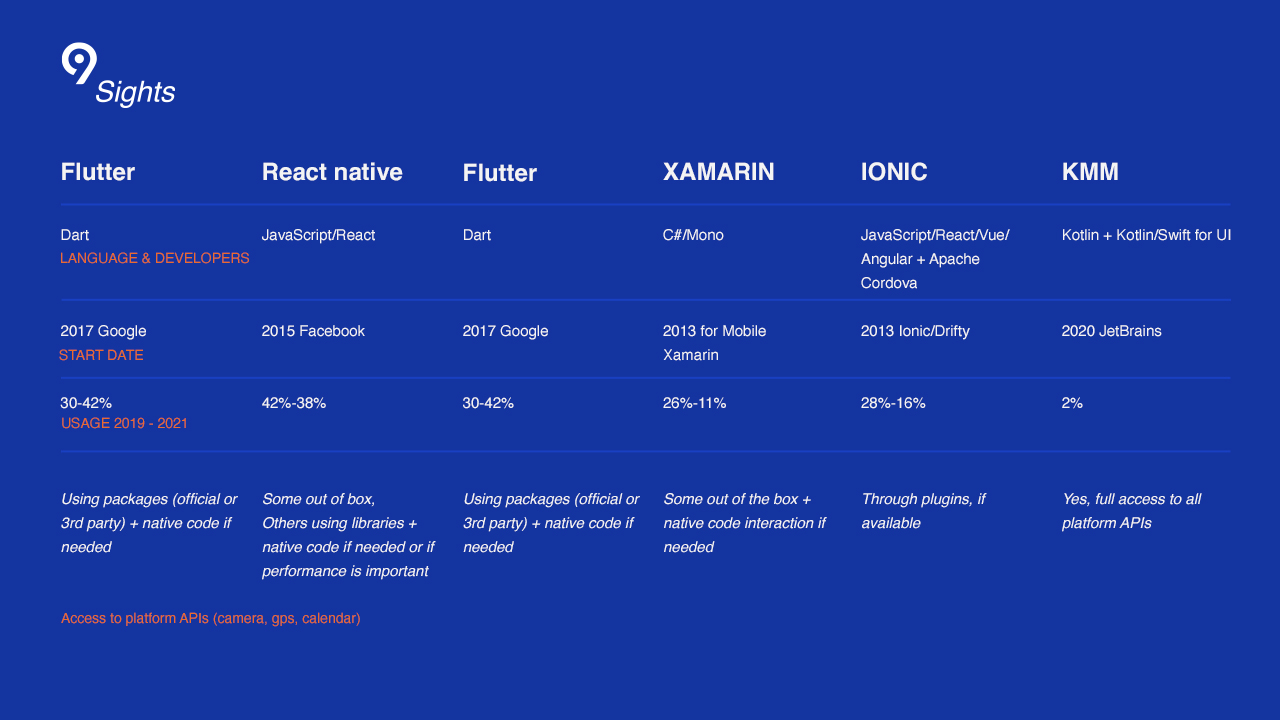
We chose the “new kid on the block”: the Kotlin Multiplatform Mobile. While quite fresh on the market, it brings advantages such as code sharing platform, access to all platform APIs, sharing of what makes sense, and a single logic codebase. When you add the simple maintenance and the ability to revert to native, you get a clean architecture and the ability to share as much common code as possible. According to KMM, over 50% of the participants in a survey share the following between platforms: networking, data serialization, data storage, internal utilities, algorithms and computations, data synchronization logic, and state management. The key benefit of KMM is having consistent logic between iOS and Android apps.
All good developers know that continuous learning and adapting is an important part of the job and this project helped us embrace a new technology that uses Kotlin and Swift. The iOS developers appreciated the challenges of becoming comfortable with Kotlin and Gradle and the KMM paradigm for accessing platform APIs and the Ktor and Koin libraries.
Most of the encountered technical challenges were on iOS and consisted of linking the share code library with the iOS project, Kotlin/Native concurrency, accessing local files in share code, debugging, and Kotlin concepts not available in Swift.
Result: A cross-platform transportation app
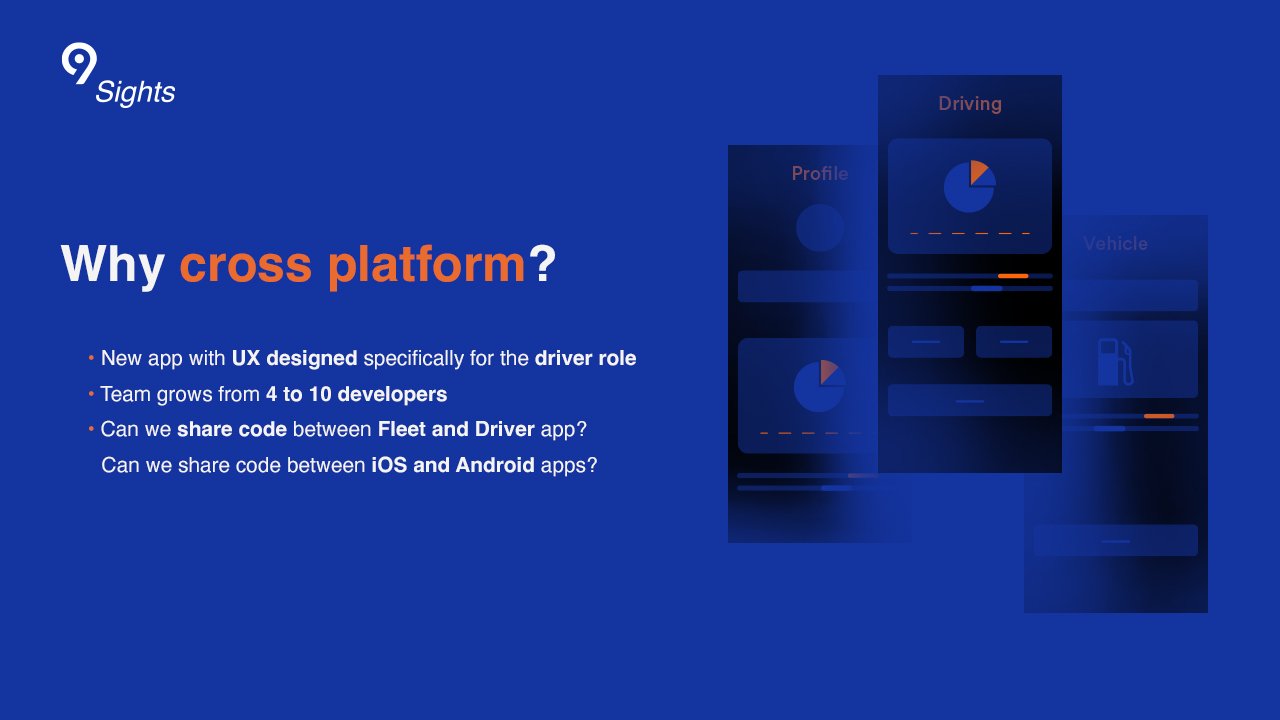
Levi9 delivered a cross-platform app that has a high performance, a beautiful UX, and great functionality for the end user. The approach of the modern tachograph brings new functionality such as the day’s driving performance, distance and average speed, remaining driving time and when to stop driving, rest times, vehicle information such as fuel, reductant, and oil levels, the ability to create defect reports, and more.
To be continued: A hackathon for brave ideas
After the pilot release of the app, the team organized a hackathon. The context was suited for more experimentation and more courageous ideas.

Thanks to our client’s enthusiasm and openness to new ideas, the transportation app will soon have some features developed during the hackathon.
Or as ideas for a second hackathon.
If you are curious how you can organize a hackathon for a client, with spectacular results, stay tuned — we’ll soon publish a guide based on our experience.



